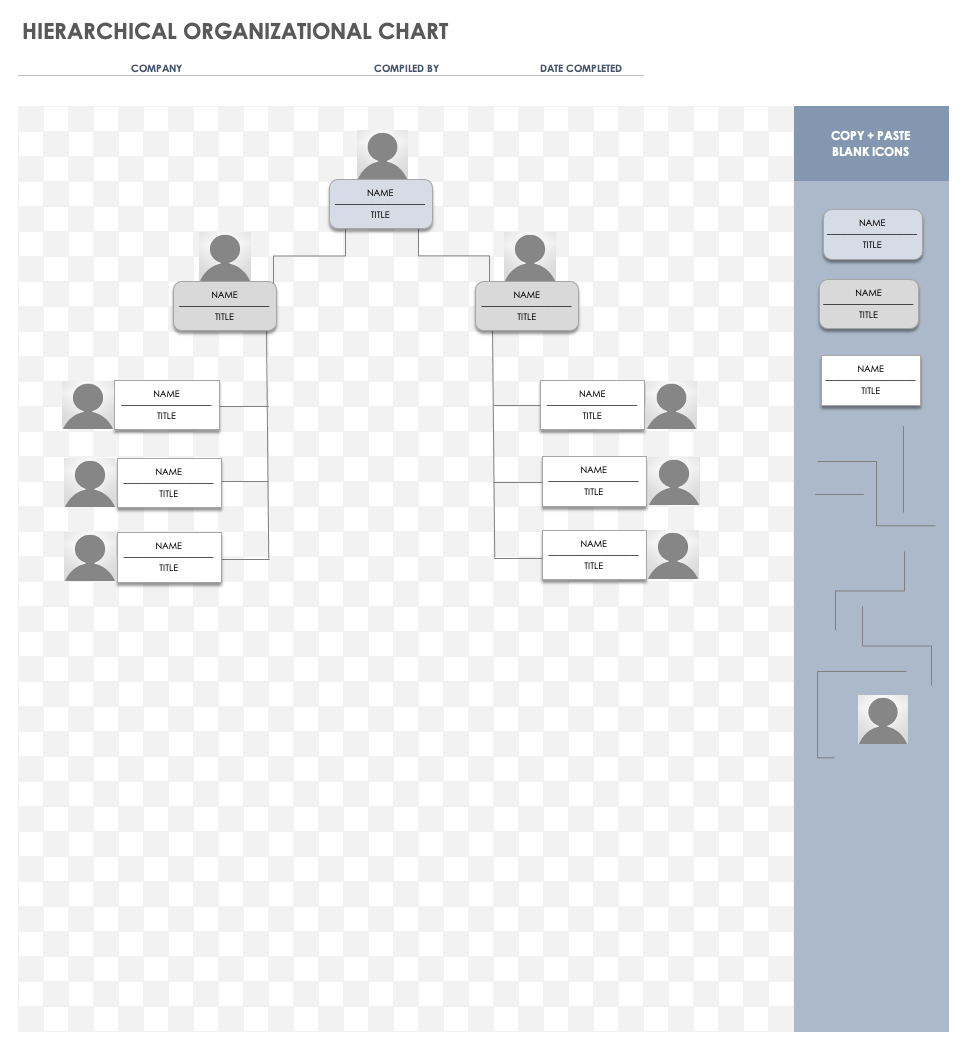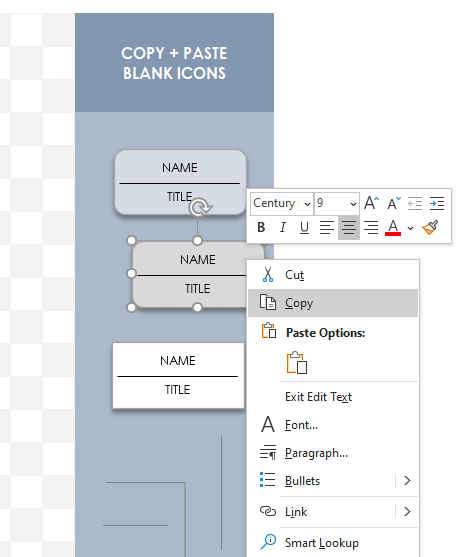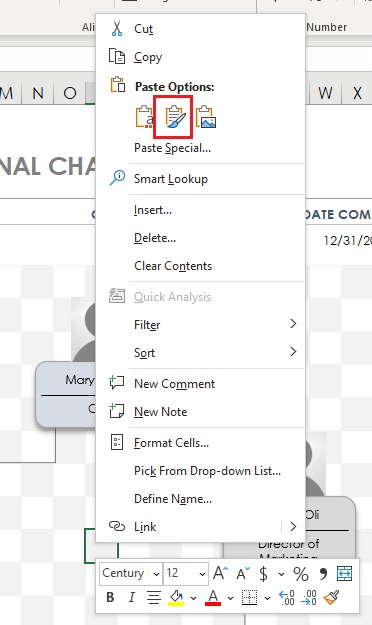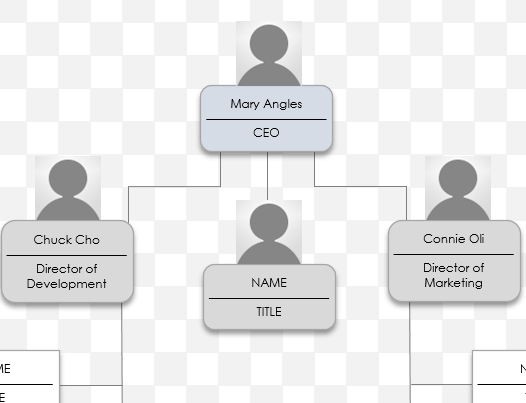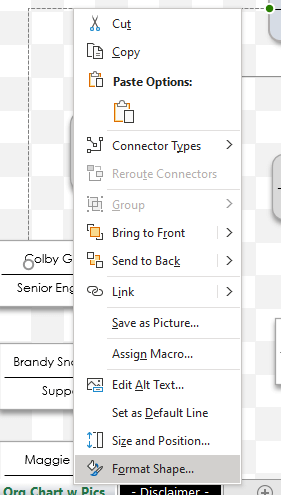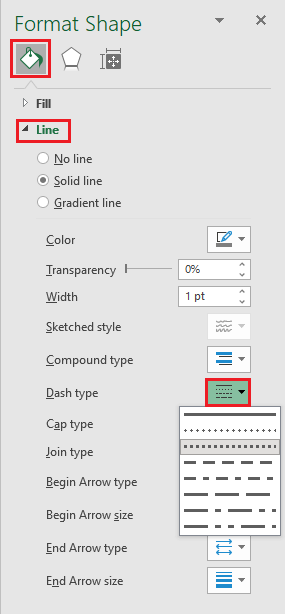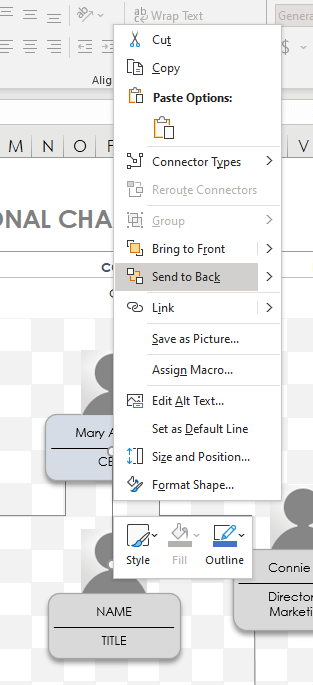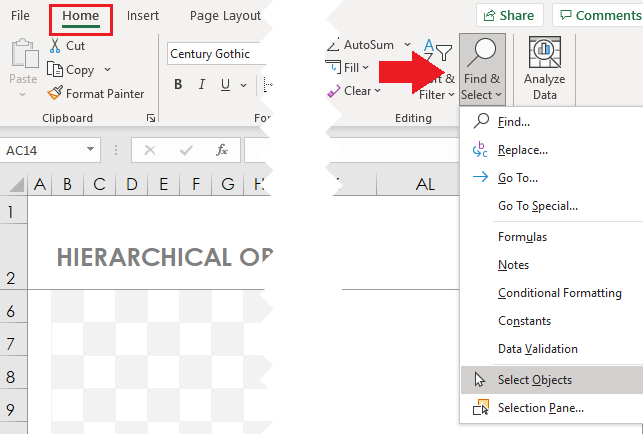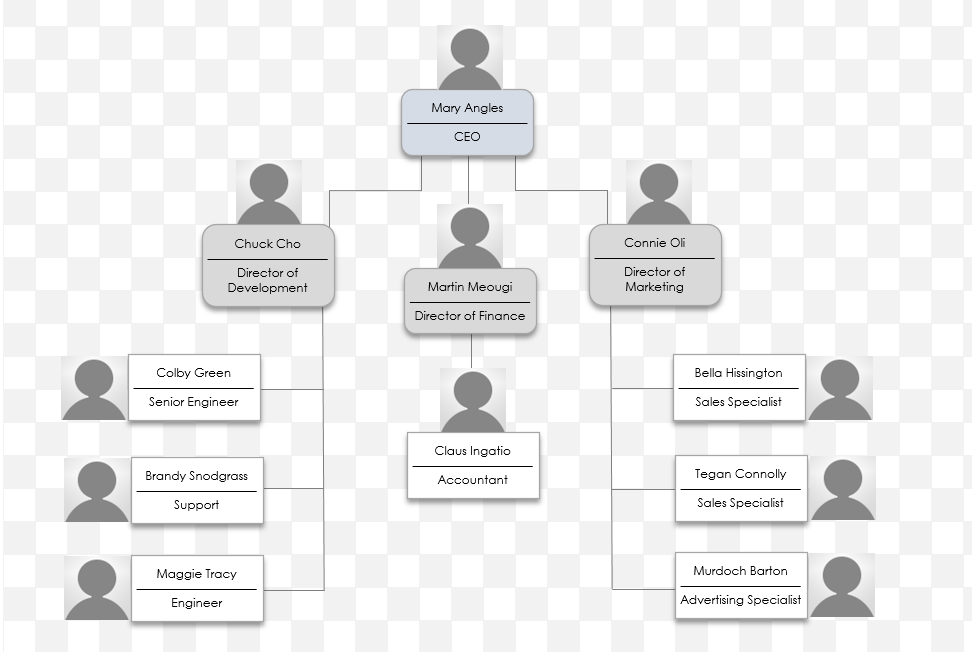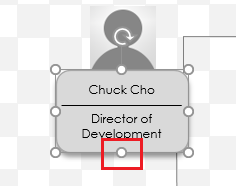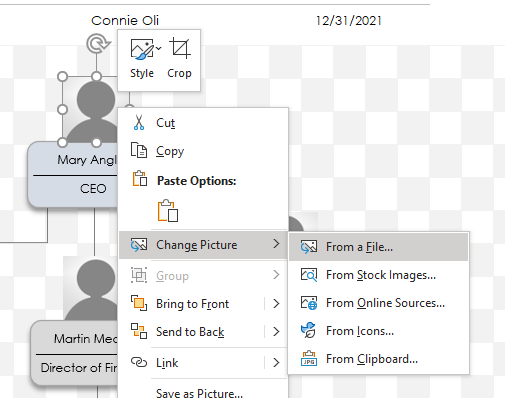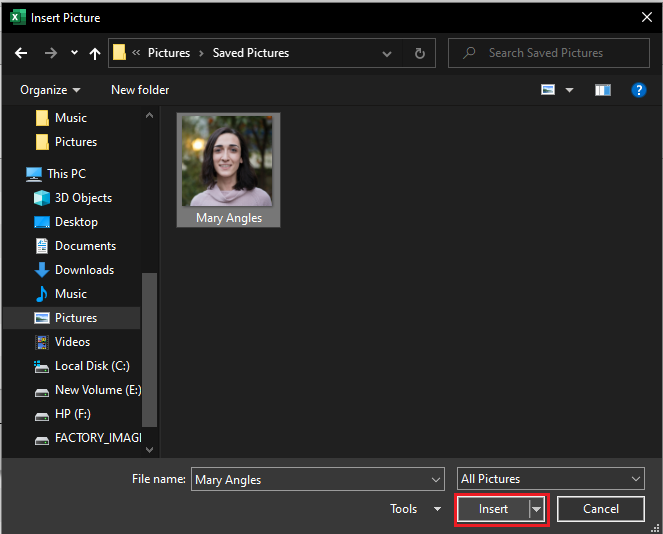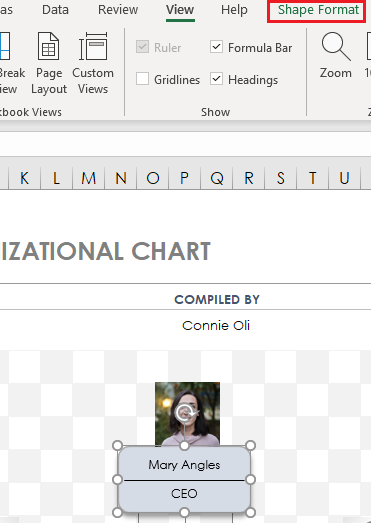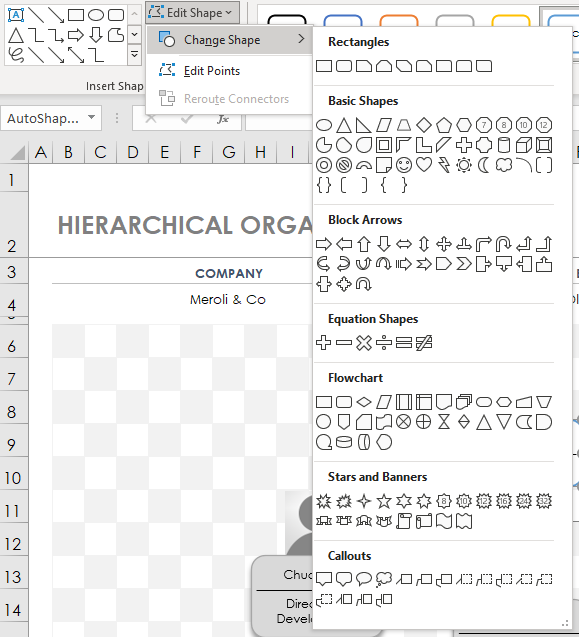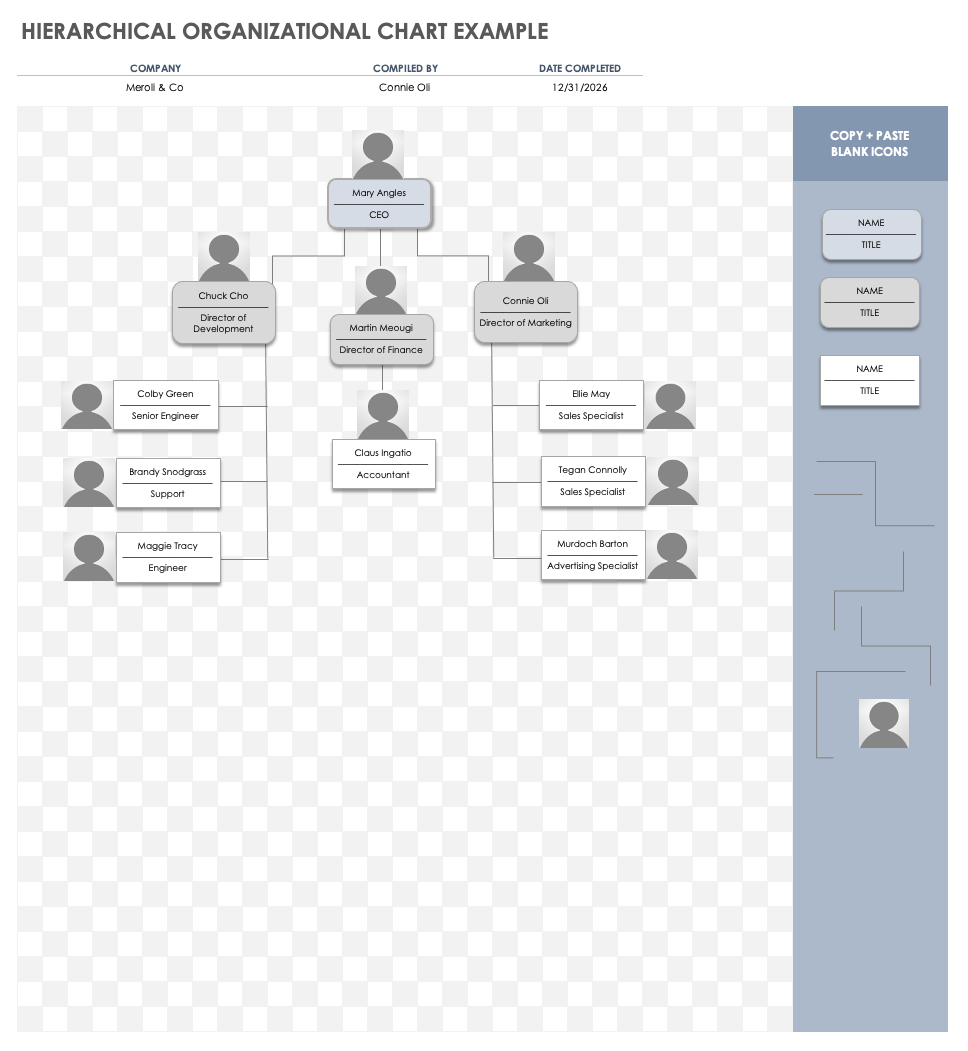What Is a Small Business Organizational Chart?
A small business organizational chart is a structured visual display of the people who fill the roles in a company and their working relationship with one another. It is a straightforward graphic that shows who reports to whom.
Aseem Kishore, the CEO of Help Desk Geek, outlines some of the benefits of creating an organizational chart. “Organizational charts are gaining huge popularity — and rightly so, because they have many advantages. The most fundamental advantage of an organizational chart is the fact that the reporting line and chain of command become clear. [Organizational charts] also help in noting job vacancies and overall headcount.”
Members of the C-suite and directors typically create the organizational chart but lower-level managers should also provide input. To make a chart more visually appealing, consider consulting with a designer once you have finalized the basic structure of your chart.
Visit our guide to learn more about organizational charts, including how to create one from scratch in Microsoft Excel.
Why a Small Business Needs an Organizational Chart
With an organizational chart, small businesses can more easily outline the roles and reporting structure of their employees. By outlining the organizational structure, companies can help provide a roadmap for growth, as well as improved visibility and communication.
Some of the biggest advantages of having an organizational chart for small businesses include the following:
- Improve Visibility: By making your business more transparent, you’ll increase trust and communication among employees and departments. An organizational chart can foster visibility by making reporting information available to all members of the organization. “For smaller businesses, the basic aim is to clarify each other's positions in order to avoid office politics,” says Kishore. He suggests creating a simple chart and sharing it with all employees.
- Reinforce Company Culture: Your organizational chart can help establish and provide insight into your company’s culture. A chart that outlines a long, tall hierarchical structure may represent a company that has a lot of room for advancement in set roles, while a short, wide structure may represent a company that encourages employees to try many things and be less specialized.
- Provide Context to Labor and Organizational Challenges and Successes: An organizational chart can help to contextualize your operations. When something goes well, you can easily identify who to credit. Likewise, when a team is struggling, it is much easier to determine when the issue is due to staffing inefficiencies. “No matter how skillful our managers are, they can only successfully oversee a limited number of employees. Direct reports for a manager vary depending on the team and organization size, but a general guideline is five individuals per manager,” explains David Reid, the sales director at VEM Tooling.
- Improve Communication: An organizational chart provides an easy way for employees in different departments to see who is in charge of what and get in touch with the right people. “[An organizational chart] can tell [team members] who works for whom and who heads certain departments,” says Steve Anevski, the CEO and Co-Founder of Upshift Work. “This way, employees can easily get in touch with the right people from elsewhere in the company.”.
- Improve Onboarding: Having an organizational chart available for new hires can help them familiarize themselves with the people they will be working with.
- Growth and Retainment: An organizational chart can motivate employees to advance their careers within your organization. Your chart can show them the current company structure and allow them to chart a course for promotion over time. “An updated organizational chart allows employees to understand the company hierarchy and visualize potential career growth or career path changes,” explains Stella Monteiro, a partner at Meritarc.
- Encourage Accountability: An organizational chart lays out exactly who reports to whom and who is responsible for various people and projects. Having one can help ensure that managers are not overburdened and that no one gets lost in the shuffle. “For leadership, a well-designed organizational chart makes it easy to view headcount allocation per department, front versus back ratio, and other important metrics,” says Monteiro.
Types of Small Business Organizational Charts
There are many types of organizational charts, but most small businesses will choose one of three: flat, hierarchical, or matrix. We’ve outlined the distinctions among the display types below:
- Flat: A flat organizational chart is the most common style for startups or very small businesses. It features the CEO or founder at the top of the chart, and then typically only one or two layers below them. This model is best for companies that have not yet well defined the roles, but are starting to get more organized. This model can help a company start to see patterns in its reporting and further divide the chart as roles become clearer.
- Hierarchical: A hierarchical organizational chart is the most common style for a small business. It features the CEO at the top, and then divides tiers further by department directors, managers, and staff. There are a few different styles of hierarchical models that can vary based on the way your company is organized, such as horizontal, product-based, and circular.
- Circular Hierarchical: For an organized small business with few departments, a circular hierarchical chart is a great way to present information in an easy-to-parse visual format. The chart begins with the CEO at the center and moves outward in concentric rings divided by department or project. This chart style is easy to color code and includes a key, which can make it easier to understand than other models.
- Matrix: Matrix-style charts are most useful for companies that work on multiple projects at once, or with teams that are not always discrete from one another. The matrix style divides employees by department, but also by project, to visually display what everyone is working on at a given time. This chart will likely need to be updated more often than the others as projects reach completion and tasks change.
How to Create a Small Business Organizational Chart
Creating a small business organizational chart is a simple process. First, organize the names and titles of the people in your organization. Then, determine who reports to whom and create a chart. Add design elements to personalize your chart, then share it with your organization.
- Gather Information: Take a look at the current layout of your organization. Make a list of your staff and their titles, as well as who answers to whom. Use this information to help determine which kind of chart is best for your organization. “A small business should consider the purpose of creating an organizational chart before creating one,” explains Ruben Gamez, the founder of SignWell. “[Doing so] will help you choose from a variety of formats. If the company is looking to plan for the future, a hierarchy chart is best for assessing possibilities for new roles and growth. Likewise, if the company is just trying to define roles and get more organized, a flat chart might be a better place to start. Consult with your team to ensure that everyone is accounted for and no roles are missed.”
- Create Your Chart: Start at the top with your CEO and work down from there by adding the CEO’s direct reports, then their direct reports. It is generally easier to approach your chart row by row, adding all the employees in one tier across the company, before adding the employees that report to each of them. Keep it simple at this stage, and stick to names and titles. Don’t worry about adding visual flair at this point — just ensure that your data is accurate.
- Proofread and Make Changes: Share your draft chart with others to verify its accuracy and make any needed changes. Compare your chart against your employee roster to ensure that titles are up to date and that all names are spelled correctly.
- Add Design Elements: Add employee headshots and company branding, and change the colors of departments or tiers. Standardize your spacing and shapes. A basic chart requires very little design, but if you plan to share your organizational chart widely, you may consider consulting with a designer for this step. For design inspiration, check out our roundup of free organizational chart templates for Microsoft Word.
- Share and Store: Share your completed organizational chart with your employees, and store it in an easily accessible place. Update your organizational chart on a regular basis to maintain accuracy.
How to Make a Simple Organizational Chart for a Small Business Using a Template
You can create an organizational chart very simply, using our downloadable Excel templates. Use the templates as a simple, pre-made base that you can add to and customize to suit your organization.
We’ll walk you through step by step on how to create an organizational chart from a template below.
1. Download Your Organizational Chart Template
Download Hierarchical Organizational Chart Template — Microsoft Excel
This template provides a simple base hierarchy that you can build upon to create your own organizational chart. Copy and paste the name bubbles, connecting lines, and photo placeholders to create your layout, and then add photos and customize the look. Hierarchical organizational charts are widely used by small businesses and are the easiest to revise and build on as your business grows.
Once you have downloaded your template, open it in Microsoft Excel.
Pro Tip: Make sure to click Enable Editing at the top of the spreadsheet. Doing so will allow you to make changes to the document.
2. Enter Your Company Information
- Click on the Company field and enter the name of your company.
- In the Compiled By field, enter your name.
- Enter the date in the Date Completed field.
3. Draft Your Layout
Determine how many employees you need to include and where they fall within your chart. Start at the top and determine how many employees are at each level; then, complete each successive level. Make a list of names and who they report to.
Pro Tip: Sketch your layout on a piece of paper to use for reference when creating your chart in the template.
4. Add Employee Entries to the Chart as Needed
- To add an entry to your chart, right-click the icon that corresponds to the level of employee you would like to add. Click Copy in the drop-down menu.
- Right-click in the chart where you would like to place your icon. Click Keep Source Formatting under Paste Options.
- Click and drag the newly pasted icon to the exact spot you would like to place it. Repeat the copy-and-paste process on the image placeholder icon.
- Add a line icon to create a line between your employee entries to represent the chain of command.
- To indicate dotted-line reporting, right-click the line object and click Format Shape in the drop-down menu. This action will open the Format Shape tool on the side of the page.
- From there, click the Fill & Line icon, open the Line menu, click on Dash Type, and click on your desired pattern from the drop-down menu. Pro Tip: If your line icons are overlapping your employee icons, right-click the line icon and click Send to Back in the drop-down menu.
- Continue adding employee entries until you’ve accounted for all employees at all levels.
Pro Tip: The provided icons are called objects in Excel. To select multiple objects at the same time, click the Home tab, then click Find & Select. Click on Select Objects in the drop-down menu. This will allow you to click and drag within your chart to select more than one object at once to more easily position employee entries.
5. Enter Your Employee Information
- Click on the top-most bubble (which is colored blue-gray by default) in the template and enter the name of the highest-ranking employee in your company, as well as their title.
- Continue down the line and add the names and titles of the employees who report directly to that person, and the names and titles of the people who report directly to them. Pro Tip: If any names or titles are too long to appear in the bubble, click and drag the bottom edge down to make it larger and display more words.
6. Review and Revise
Send your first draft to colleagues to review, and make any needed changes. Verify that names and titles are spelled correctly and that lines of report are correct.
7. Add Employee Photos
Once your layout is complete and the employee information has been entered into your chart, change the placeholder images to pictures of your employees.
- To do this, right-click the image placeholder icon and highlight Change Photo. Click the From a File option to add files from the computer you are currently using.
- Navigate to the location of the image file you would like to use, then select it and click Insert.
- Repeat these steps for every employee on your chart.
8. Customize Your Chart
- To customize the look of your chart, click on an icon in your chart.
- With an icon selected, click on the Shape Format tab.
From this tab, you can change the shapes and colors of your employee entries.
Pro Tip: You can also access these tools by right-clicking an icon and clicking Format Shape from the drop-down menu.
- To change the shape of an icon, locate the Insert Shape tab, click Edit Shape, then highlight Change Shape.
- Choose from a variety of shapes in the following drop-down menu.
- To change the color scheme of an icon, locate the Shape Styles tab.
- Change the background color of a shape by selecting a color from the Shape Fill drop-down menu, or change the color of an outline by clicking Shape Outline.
- You can add various edge effects to a shape from the Shape Effects menu, or select a pre-made theme by browsing with the arrow buttons.
Pro Tip: Maintain visual cohesion by ensuring that employee icons on the same level are the same color and shape as one another.
9. Save and Share Your Chart
Save your organizational chart in an accessible drive, and share it with your team. Revisit and revise your chart on a regular basis to ensure that it is accurate and up to date.
Small Business Org Chart Sample Template
Download Hierarchical Organizational Chart Template Example — Microsoft Excel
This template is an example of a simple organizational chart for a small business. It is prefilled with the names and job titles of three tiers of employee hierarchy but can be easily customized to suit your needs. Add or subtract employees, change the reporting lines, and enter job titles to create an organizational chart for your own small business.
Tips for Creating an Organizational Chart for a Small Business
An organizational chart for a small business can take many forms. We’ve rounded up some tips, from incorporating headshots and other design elements to considering multiple versions of a chart, and expanded on them below:
- Use Employee Headshots: If you are using your organizational chart to aid in onboarding new employees, including headshots is a great way to help familiarize them with the people they will be working with. It is unlikely they will be able to meet everyone on their first day, and it can be very helpful to put a face to a name.
- Use Cohesive Design Elements: An organizational chart can be as simple as titles connected by lines, but paying attention to spacing and adding cohesive color and shapes can both make a chart easier to read and more memorable. Consider using a template or working with a designer to create a chart that is easy to parse and nice to look at.
- Use Available Software: An organizational chart is easy to make in Microsoft Word, Microsoft Excel, or Google Sheets. You can also use flowchart creators like Lucidchart to make simple charts, as well as more powerful image creation and editing tools like Adobe Photoshop to make more complicated graphics. All of these tools offer their own advantages, so use the ones you are most familiar with for best results.
- Create an Initial Chart Without Names: When creating an organizational chart for your company for the first time, consider leaving out names. Start by listing out all of the roles and responsibilities that are needed to do business. When you add names, it will be easier to see the gaps and easier to plan to fill them. “By removing names from the equation, we can concentrate on structuring our organization rather than particular people,” explains Reid.
- Multiple Versions: You may find it useful to create different versions of your chart for different use cases. A chart for onboarding new hires may have photos, for example, where an internal reference chart for C-levels may not need them. “You might also consider a chart with current positions and one with open positions, as both will function as a tool for decision-making and growth,” suggests Monteiro.
- Keep Things Concise: In general, keep your chart as simple as is needed. As your business grows and your chart expands, you might consider displaying whole teams as a single entry on your chart, rather than listing the names of everyone on those teams. “My organizational chart is in the form of a single-page PDF file. I believe having multiple pages makes it more complicated, so I always aim to fit everything on one page. When modifications are needed, I make them on a separate file and convert it into a new PDF to retain records over time,” says Anevski.
What Is the Best Organizational Structure for a Small Business?
The best organizational structure for a small business is typically a hierarchical form that reflects the needs and current reality of the company. Organizational structures vary widely based on the company size, the industry, and the changing nature of projects.
Smaller businesses have fewer employees, which can mean that people fill multiple roles. If you find that your employees wear many hats without rigidly defined roles, you might try a flatter structure. If your positions and roles are well-defined and unchanging, a traditional top-down hierarchy may be best.
If your company works on multiple projects at the same time, with multiple teams, a matrix might be best to display that reality. Some small businesses may find that the top of their hierarchy remains unchanging while their teams change based on the project. A project-based structure can provide some flexibility for small businesses that may have less specialized teams. “A project-based structure has worked best for our small business. Our industry culture supports this structure as most of us operate using smaller workflows. The project-based system helps add to the resource pool and makes it more diverse. It also helps in allocating resources and finishing deadlines with increased clarity,” says Gamez.
The shape of your structure may grow wider or longer, depending on how many rungs of accountability your business has and how often they work together. “My small business has always used a functional organizational structure, but no matter what you do, employees should be organized according to their skillset and corresponding function in the company,” suggests Anevski.
The Role a Work Culture Plays in Creating an Organizational Chart for a Small Business
Your chart can reinforce and reflect your culture in many ways. A smaller business should try to encourage interdepartmental cooperation and problem-solving rather than strict role-based work because this can promote better visibility, increased accountability, and better company-wide problem-solving.
“Culture has a profound effect on organizational structure. If a company's culture is open and very lean, that would reflect in its structure, which would not be very tall, rather wide — with cross-functional teams included. However, if the company has longer reporting lines, the structure will be longer as well,” explains Kishore. A company that is stricter in its approach to roles and rigidity will produce a taller, narrower chart. Either way, a chart that reflects the reality of the company will result in better trust and cooperation between employees who know what they are responsible for and whom they report to.
“My company culture focuses on teamwork,” says Anevski. “With the functional structure, each separate department is managed independently, helping different teams feel self-determined. The structure also allows employees to focus on their specific roles while encouraging growth and specialization.”
Meanwhile, Reid his experience working in the culture of a taller chart. “We utilize the standard hierarchical model for our organization. The culture helps shape the structure by enforcing some measures. For example, government regulations require us to have specific procedures to be compliant. This compliance model requires structural changes to be incorporated. The structural requirements for incorporating formal communication differ from more informal communication,” he says.
Examples of Small Business Organization Charts
An organizational chart can take many forms, especially for small businesses. We’ve provided some examples of the kinds of charts you might expect to find in different small business situations below.
- Restaurant: This hierarchical organizational chart represents a restaurant with separate labor departments for front of house staff, kitchen staff, and events staff. In this scenario, the owner likely takes care of much of the accounting and human resources tasks, while the lower-level managers oversee the everyday running of the restaurant. Each manager has a small staff of employees who are responsible for the various daily needs of the restaurant, with none of those employees claiming a higher status than the others.
- Manufacturing: This matrix organizational chart represents a small manufacturing business with multiple ongoing projects with their own production teams. The CEO oversees the director-level employees, who each oversee their team or teams. The production director manages two project managers, who each manage their own production team, while the sales and IT directors manage one team each to support both production groups. The operations director manages an operations staff that works independently from any specific ongoing project, including human resources and financial employees.
- Tech Startup: This organizational chart represents a very small tech startup with a very small staff. Most employees report directly to the CEO, who takes care of most unlisted tasks and oversees the general management of the company. It is likely that every employee on this chart is regularly delegated tasks outside of their strict job description.
What to Do After You Create a Small Business Organizational Chart
Once your organizational chart has been created, don’t let it languish. Revisit and revise your chart regularly, utilize it when onboarding employees or introducing your business to people, and share it with employees so that they can stay informed.
- Regularly Revisit and Revise: As your business grows, it is important to revise your organizational chart to reflect those changes. Set a schedule to revisit your chart a few times a year and make updates as needed. “As a business owner, you should expect that your small business won’t stay small forever. As it grows and hires more employees, your organizational chart will need to be modified. Always be prepared to add more people to your chart. For any small business, the chart will start out small and grow over time,” says Anevski.
- Utilize It Often: Consult your chart when considering hiring new employees or creating new teams. Your organizational chart can be a great tool to introduce your business to new employees and clients, as well as identify gaps in your command chain.
- Make It Available to Employees: When your chart is available to employees, you make it easier for them to contact the right people and answer questions. “We give the organizational chart to each of our employees. If someone ever needs information, they can follow the chain of command or go directly to the appropriate department, ” explains Reid.
- Plan Individual Employee Growth: Your organizational chart can be a great tool to track and plot employee growth. “We use it to assist organizations in preparing their career proposition for employees, developing their job architecture, and workforce planning. It is a powerful tool for HR to partner with the company leadership,” Monteiro shares.
- Create and Change Teams: Your organizational chart can help put together teams for new projects. Use it to see what people have done in the past and where they might be needed for future projects. “We use our organizational chart to delegate resources based on the nature of the project, skills required, and deadline dates. Since all resources are plotted as project-based, if the same skills are needed, a project shares and swaps resources. It has helped us become more agile and dynamic with our decision-making capabilities,” says Gamez.
Optimize Your Organizational Chart for a Small Business with Smartsheet
Empower your people to go above and beyond with a flexible platform designed to match the needs of your team — and adapt as those needs change.
The Smartsheet platform makes it easy to plan, capture, manage, and report on work from anywhere, helping your team be more effective and get more done. Report on key metrics and get real-time visibility into work as it happens with roll-up reports, dashboards, and automated workflows built to keep your team connected and informed.
When teams have clarity into the work getting done, there’s no telling how much more they can accomplish in the same amount of time. Try Smartsheet for free, today.






